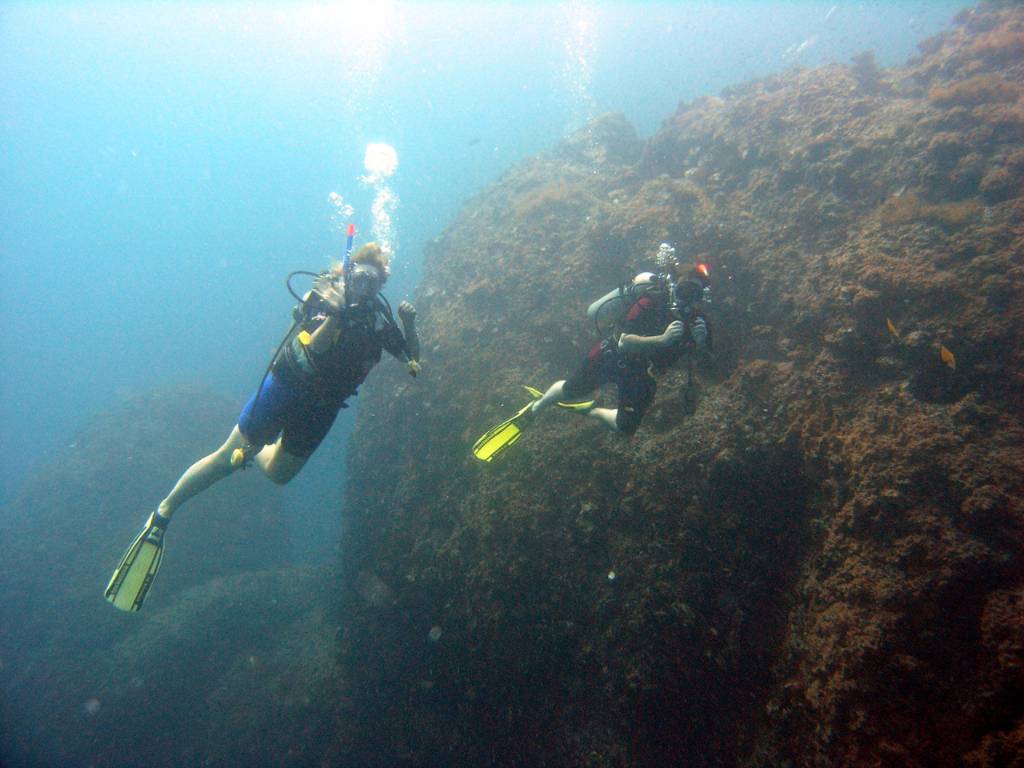If you’re learning how to dive, you’ll have to learn finning technique. This is the act of moving scuba fins up and down to generate propulsion. It is one of the most basic skills you will learn in diving.
Technique is important
While finning can be as natural as walking to some people, ensuring proper technique can be challenging for some even more experienced divers. However, like any other skill, it can be learned.
Proper finning technique is important for more efficient diving. Just as runners who learn proper running technique experience an increase in running efficiency and pleasure, divers also benefit from applying correct finning technique.
Different kicks for different circumstances
Just as a runner would need to change their technique for different circumstances, divers need to apply the right kick for the circumstances they are faced with. This helps to avoid fatigue and decreases your consumption of air. You become more efficient under different circumstances and are able to better enjoy your dive.
There are three basic fin kicks that every diver needs to know. These are:
Flutter kicks
These kicks are the basic finning kicks. They are similar to the kicks used in freestyle swimming. It is the strongest kick and is great if you want to move at a high speed or are fighting against a current. The kick however, can be quite strenuous. Divers also use a lot of energy to generate kicks and therefore consume more air.
Bent-knee kick
This kick is probably one of the most complicated of the three basic kicks that divers use. However, it causes the least disturbance to the water. It involves kicking with the knees bent. Small hip movements and ankle kicks are what you rely on for propulsion. This makes the kick great for use in cramped spaces, such as caves and in wrecks.
Frog kicks
These kicks are similar to the kicks used in breast stroke swimming. They mimic the movement of the legs of swimming frogs.
The technique offers a lot of propulsion, but it isn’t continuous. This makes it a great kick for open water diving, diving close to the bottom of the sea or in a water column. The kick makes use of the full strength of the legs and is highly efficient. It allows for moving horizontally without disturbing the sand at the bottom of the sea bed. It is however not recommended when diving in places with close walls such as caves.
Be sure to practice each kick and apply it in the different circumstances you encounter. This will increase your efficiency as a diver and help you enjoy your diving more. Feel free to contact us for any further assistance.



